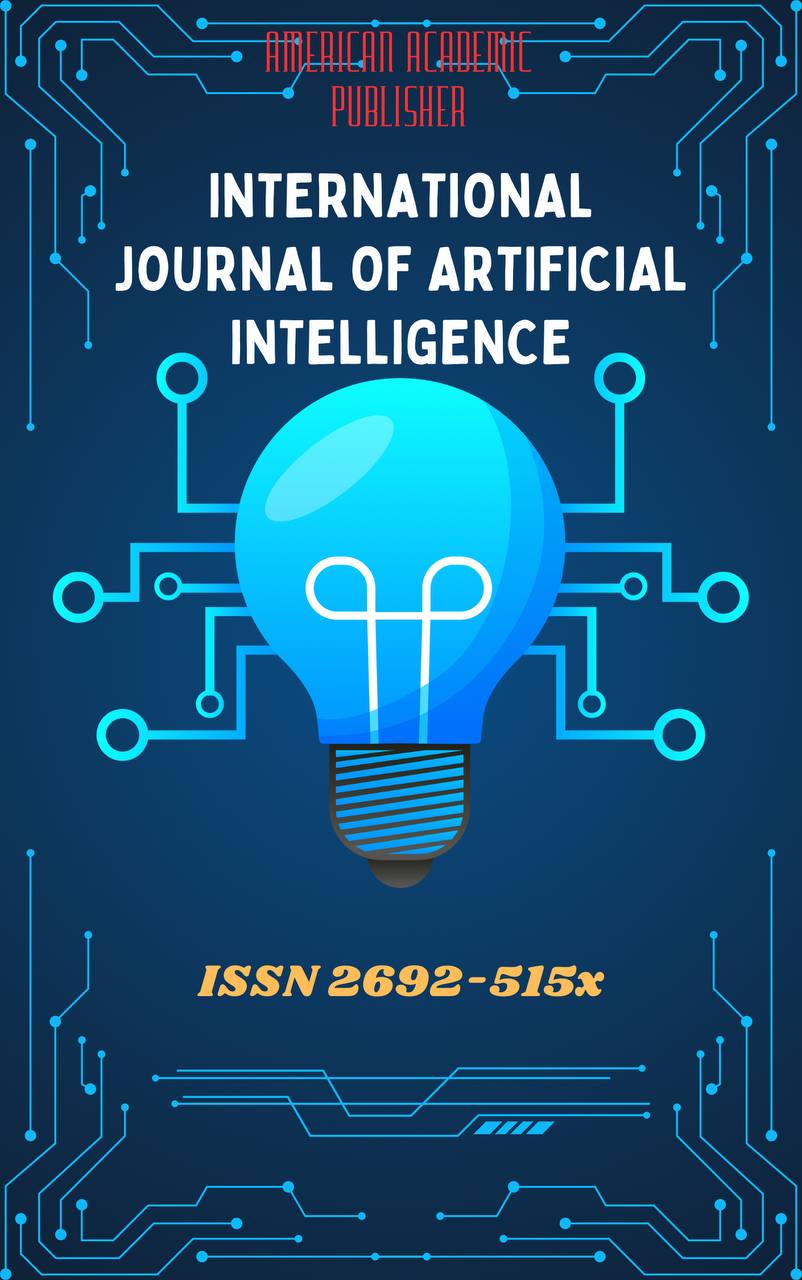 Articles
| Open Access |
Articles
| Open Access | THE ROLE OF SOCIAL MEDIA IN SHAPING CONTEMPORARY LINGUISTIC STYLE
Akhmadaliyeva Rukhshona Mukhammadjonovna , 3rd year student of the Faculty of Philology of the Moscow State University Branch in TashkentAbstract
The article investigates how social networking platforms contribute to the transformation of linguistic style in the modern era. It argues that online interaction creates a distinctive register that differs from both oral and written communication. This register is marked by innovative vocabulary, unconventional stylistic strategies, and the integration of multimodal resources. Particular attention is given to the influence of platform design, such as the brevity imposed by X (formerly Twitter), the visual orientation of Instagram, and the performative dimension of TikTok. The study also explores how sociocultural variables—age, identity, and community membership—affect the spread of new linguistic practices. Finally, the global implications of digital communication are addressed, including the worldwide diffusion of English terms and the local adaptation of memes. The paper concludes that social media function simultaneously as spaces of experimentation and as channels of rapid dissemination, leading to a flexible and fluid linguistic style that mirrors contemporary communicative realities.
Keywords
Social networks, digital language, multimodal discourse, hybrid register, sociolinguistic variation, internet communication, stylistic change, globalization of language.
References
Androutsopoulos, J. (2014). Mediatization and sociolinguistic change. In C. Coupland (Ed.), The handbook of language and globalization (pp. 520–539). Wiley-Blackwell.
Baron, N. S. (2008). Always on: Language in an online and mobile world. Oxford University Press.
Crystal, D. (2011). Internet linguistics: A student guide. Routledge.
Danet, B., & Herring, S. C. (Eds.). (2007). The multilingual internet: Language, culture, and communication online. Oxford University Press.
Kress, G., & van Leeuwen, T. (2001). Multimodal discourse: The modes and media of contemporary communication. Arnold.
Tagliamonte, S. A. (2016). Teen talk: The language of adolescents. Cambridge University Press.
Thurlow, C., & Mroczek, K. (Eds.). (2011). Digital discourse: Language in the new media. Oxford University Press.
Article Statistics
Downloads
Copyright License

This work is licensed under a Creative Commons Attribution 4.0 International License.

